Abarth 500
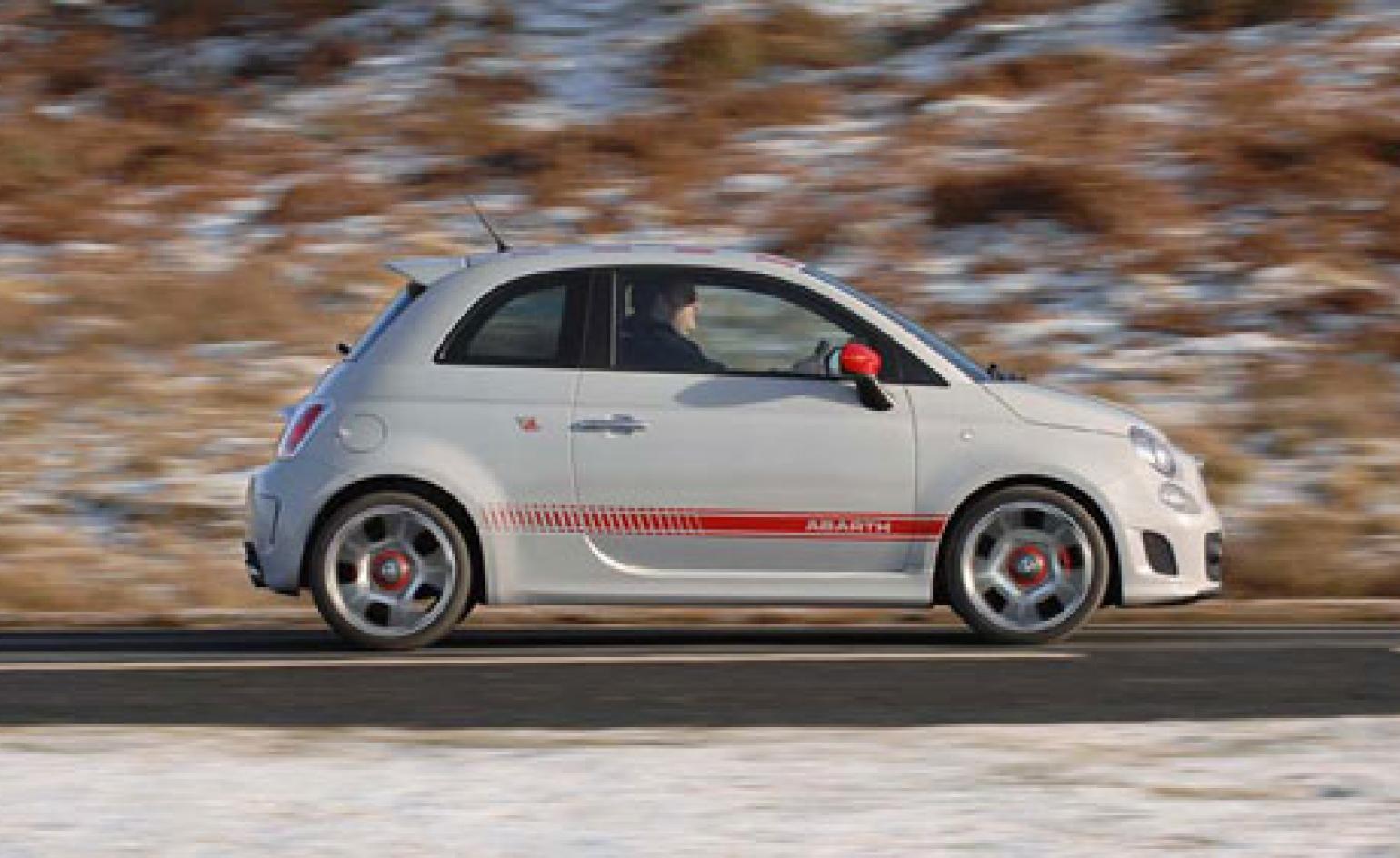
Abarth is the latest automotive brand to be revived. After an evenful and near-fatal career racing motorbikes and cars, Carlo Abarth was instrumental in the founding of the influential but short-lived sports car manufacturer Cisitalia before he established the company that bears his name in Turin in 1949. As well as building bespoke sports cars from Fiat components, Abarth was also a pioneer in the tuning business. By taking stock Fiat products - most famously the Fiat 500 of 1958 - fresh from the Torino production lines, Abarth added more power and tweaked the handling, creating a sporting icon along the way.
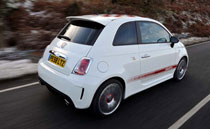
See more images of the Abarth 500, including how our W* editor got on test driving the new mobile
Abarth was actually born in Austria, changing his name from Karl and taking Italian citizenship in order to better exemplify the fabled character of the racing engineer, a key player in the country's automotive mythology. It helped that his cars were objects of functional brilliance, but a canny eye for marketing and image (like the brand's trademark scorpion logo) did much to keep the company in the public eye. Abarth was eventually taken over entirely by Fiat, who retained the moniker for a series of fast but flimsy sporting models before it eventually fizzled out during the company's long spell in the financial wilderness.
Now Abarth is back, resurrected as a new performance brand in a marketplace flush once more with racy small cars. Fiat is taking care to refer to Abarth as a standalone company - there are no Fiat badges to be found on these machines - and the parent company even goes so far as to describe the sub-brand as the 'House of Abarth,' as if it was some kind of haute couture establishment. Abarth has also taken a leaf from MINI's book, offering a practically limitless set of customisation options, most of which take the form of bits of trim, bodywork decals and colour combinations. The end results are rarely subdued, presumably pitched at those who like to flaunt their sporting aspirations (although every Abarth can of course be ordered in a totally de-badged state).
So is the 21st century Abarth worthy of the name, or is it simply yet another self-conscious sub-brand looking to seduce a few more customers? Having sampled both the Grande Punto Abarth SS and the flagship Abarth 500, the answer appears to be a bit of both. The Grande Punto is the more pedestrian of the pair, not quite able to shake off its competent but bland supermini origins. This is still a handsome car, one of the least pretentiously styled in the market, but the addition of boy racer bling - as evinced by the large button on the dashboard marked 'sport boost' - doesn't do it any favours.
The Abarth 500 is a more serious proposition, a car that makes a direct emotional link to Carlo's 1958 original. In an age when ultra-high performance is incredibly commonplace, the raw figures for the Abarth 500 aren't too earth-shaking - 7.9 seconds to 62mph from the 135bhp 1.4 litre engine. But fast small cars aren't about statistics, they're about driving sensation - the driver of a sporting compact isn't going to feel too emasculated by scale.
Shorn of the need to win drag races or set lap records, Abarth's engineers have been able to devote their focus to making the little 500 handle sweetly in the twists and turns. These abilities were ably demonstrated at a modest hillclimb in Wiltshire, Gurston Down, a former farm track that was tarmaced over in the 1960s and now provides weekend thrill-seekers with fifty odd seconds of rapid, twisting ascent. Thanks to a clever system of computer-controlled wheel braking, the little 500 corners like a demon - it's certainly reassuring to plunge into a tight hairpin and feel the car faithfully follow the direction of the steering wheel.
Wallpaper* Newsletter
Receive our daily digest of inspiration, escapism and design stories from around the world direct to your inbox.
The tongue-twisting esseesse upgrade - an aftermarket kit that comes in an ersatz shipping crate (apparently some enthusiastic customers have converted this into a coffee table) - ups the power output and further stiffens the chassis. Given the stock car's rumble and roar on the open road we suggest this isn't entirely necessary, unless you're deadly serious about taking this car on the track.
We hope this is only the beginning for Abarth, for it's a name that has almost limitless potential in small-car crazed Europe, and both the Grande Punto and 500 models are a solid basis on which to build. What Abarth really needs to set itself apart from the supermini set is its own bespoke model, something unique in both form and function.
Back in 2007, Bertone, a coachbuilder with a long association with Abarth, presented their take on a new Fiat Barchetta, an open two seater that was reportedly touted to Fiat as a possible stand-alone Abarth product. Alas, the company didn't take the bait. But as one of the few European manufacturers with any financial clout - thanks to their modern range of market-pleasing economical and efficient small cars - our fingers are crossed for the arrival of a new pocket performance masterpiece.
Jonathan Bell has written for Wallpaper* magazine since 1999, covering everything from architecture and transport design to books, tech and graphic design. He is now the magazine’s Transport and Technology Editor. Jonathan has written and edited 15 books, including Concept Car Design, 21st Century House, and The New Modern House. He is also the host of Wallpaper’s first podcast.
-
 All-In is the Paris-based label making full-force fashion for main character dressing
All-In is the Paris-based label making full-force fashion for main character dressingPart of our monthly Uprising series, Wallpaper* meets Benjamin Barron and Bror August Vestbø of All-In, the LVMH Prize-nominated label which bases its collections on a riotous cast of characters – real and imagined
By Orla Brennan
-
 Maserati joins forces with Giorgetti for a turbo-charged relationship
Maserati joins forces with Giorgetti for a turbo-charged relationshipAnnouncing their marriage during Milan Design Week, the brands unveiled a collection, a car and a long term commitment
By Hugo Macdonald
-
 Through an innovative new training program, Poltrona Frau aims to safeguard Italian craft
Through an innovative new training program, Poltrona Frau aims to safeguard Italian craftThe heritage furniture manufacturer is training a new generation of leather artisans
By Cristina Kiran Piotti
-
 Peugeot’s sparky 308 gets hybrid power and handsome lines
Peugeot’s sparky 308 gets hybrid power and handsome linesThe Peugeot 308 proves that mass-market design needn’t be dull, blending hybrid power with sharp lines and excellent detailing
By Jonathan Bell
-
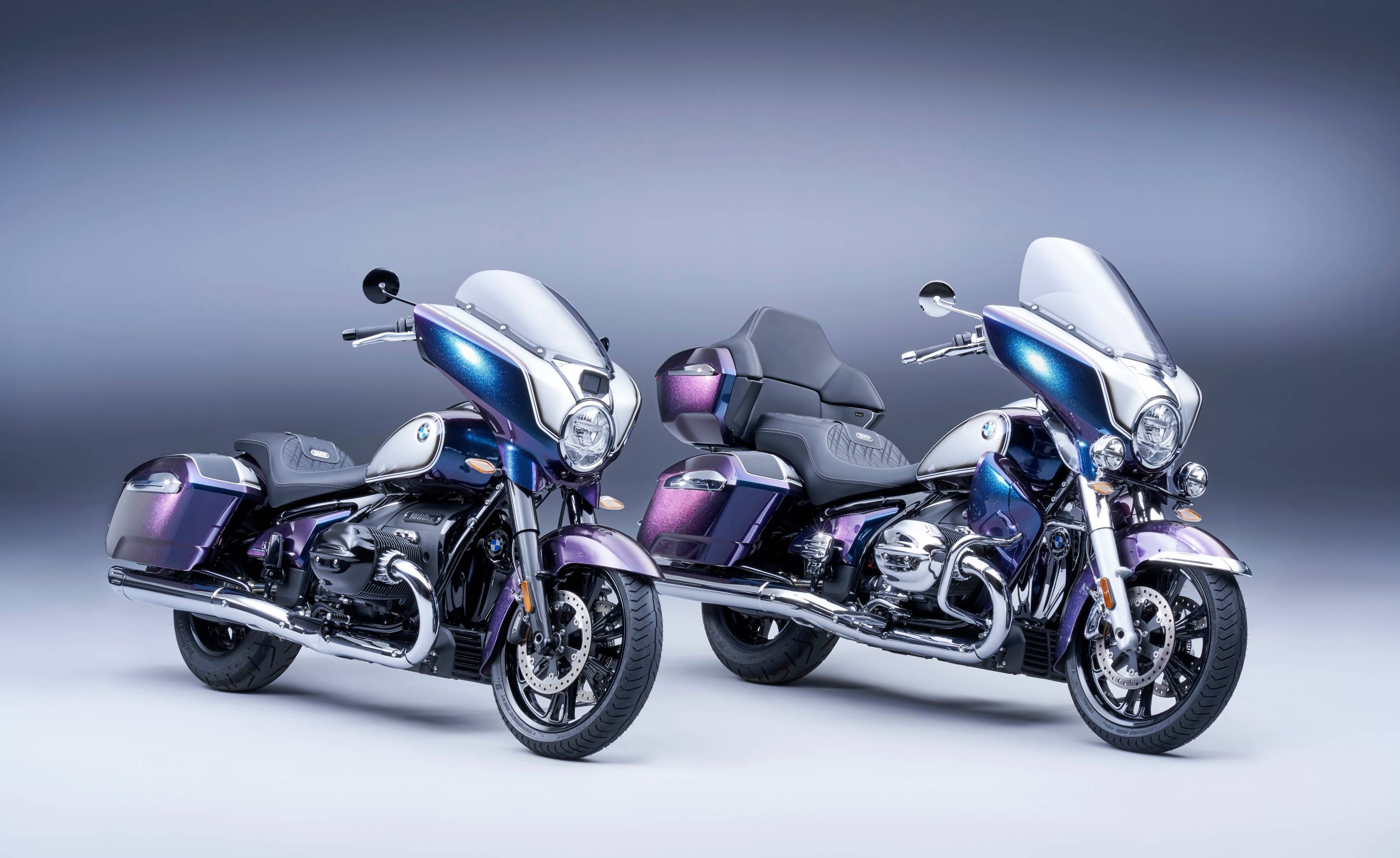 BMW Motorrad brings out the big guns for its newest cruisers
BMW Motorrad brings out the big guns for its newest cruisersBMW Motorrad R 18 Bagger and Transcontinental set the tone for high-voltage cruising with a brand collaboration with speaker specialist Marshall
By George Chapman
-
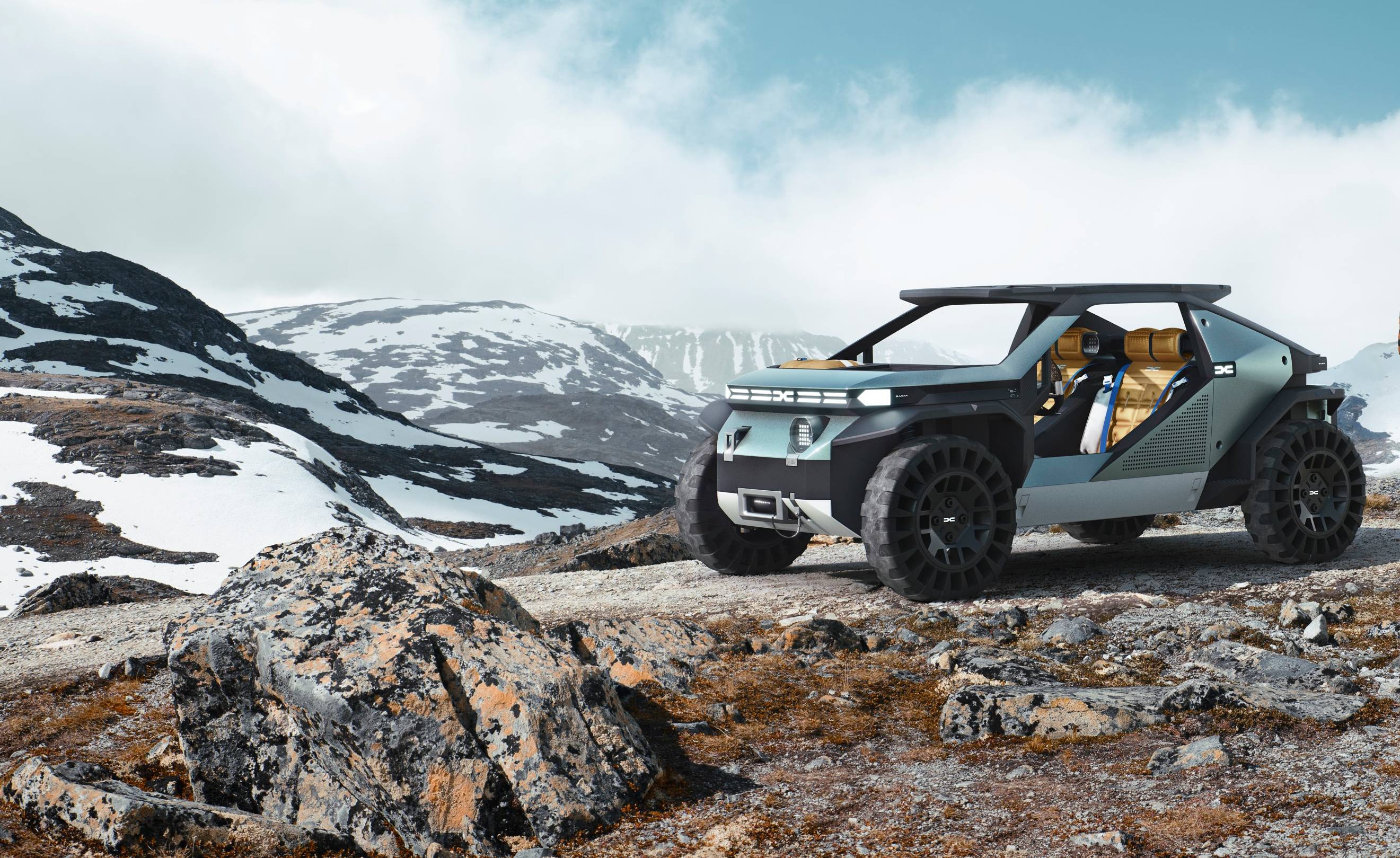 Dacia’s new Manifesto concept is a true outdoor utility vehicle
Dacia’s new Manifesto concept is a true outdoor utility vehicleUtilitarian auto brand Dacia sets a bold new agenda with its Manifesto, a concept car pitched at the active outdoor market
By Jonathan Bell
-
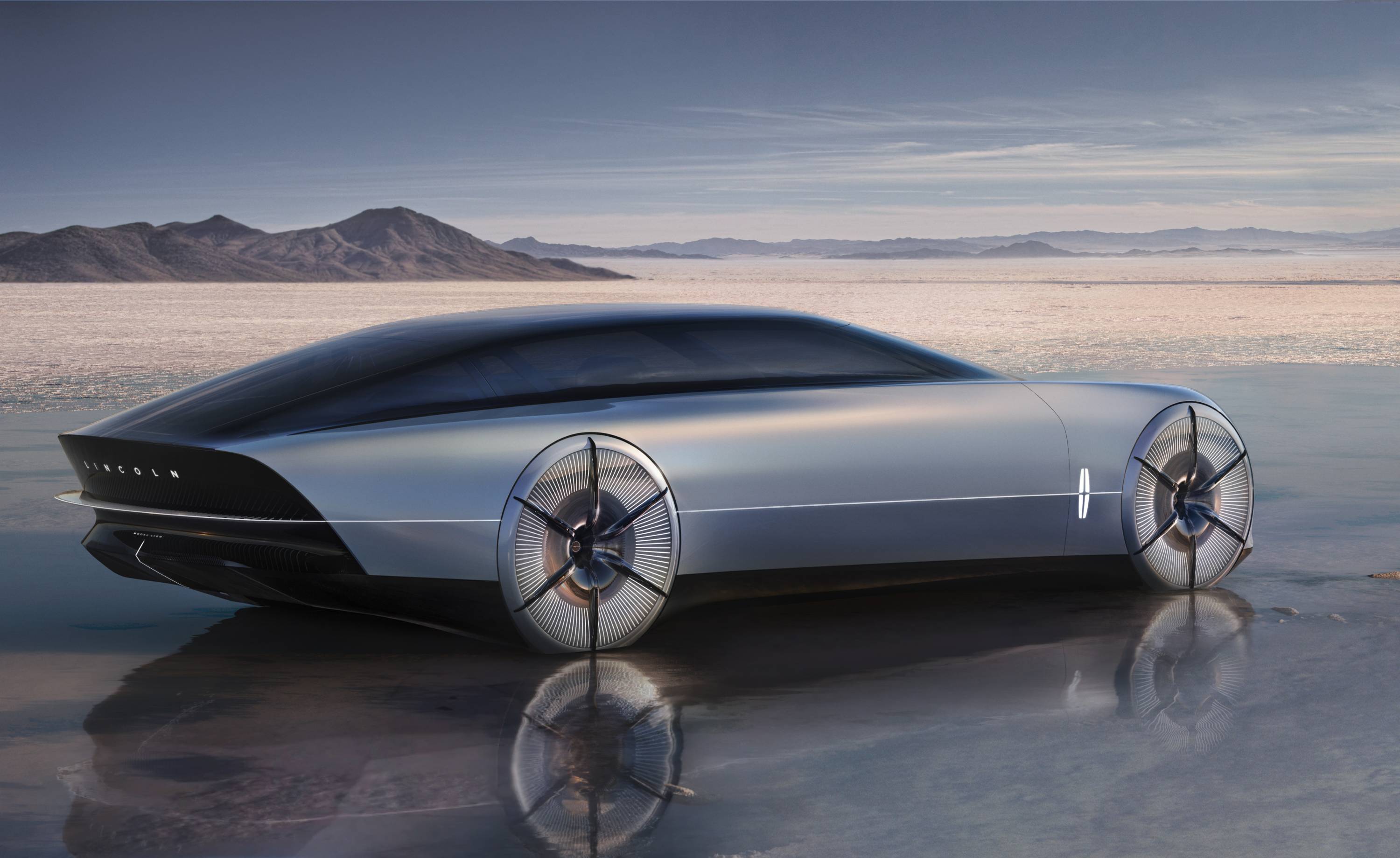 The sun sets on traditional supercars at California’s Monterey Car Week
The sun sets on traditional supercars at California’s Monterey Car WeekMonterey Car Week, the world’s most prestigious car gathering, is showcasing ever-more extravagant special editions, coachbuilt cars and all-new electric concepts. Here are seven key machines from 2022
By Rory FH Smith
-
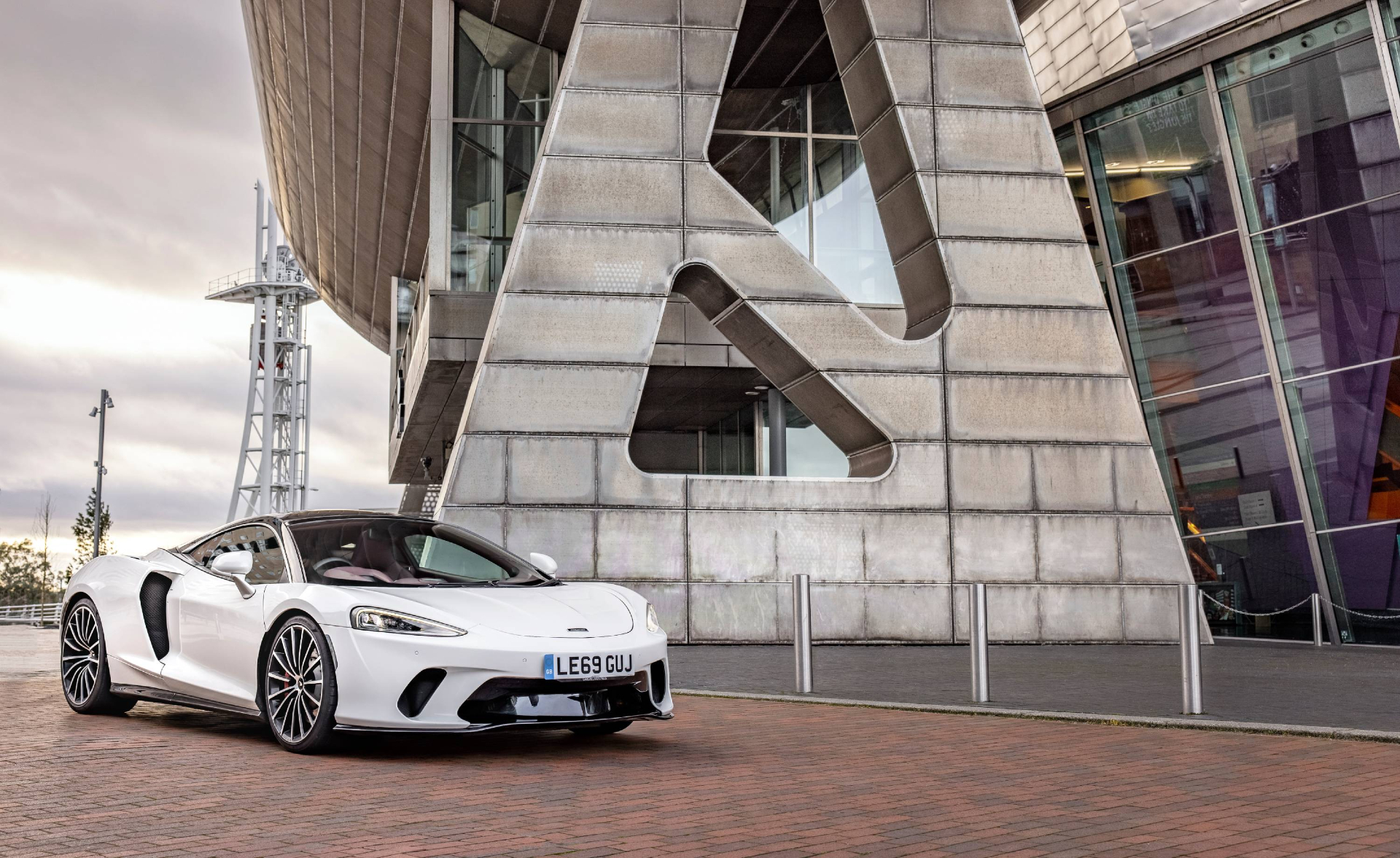 Is McLaren’s GT a sports car, a tourer, or the best of both?
Is McLaren’s GT a sports car, a tourer, or the best of both?The McLaren GT is a capable all-rounder dressed up in svelte supercar clothes. It might also be the last of its type
By Jonathan Bell
-
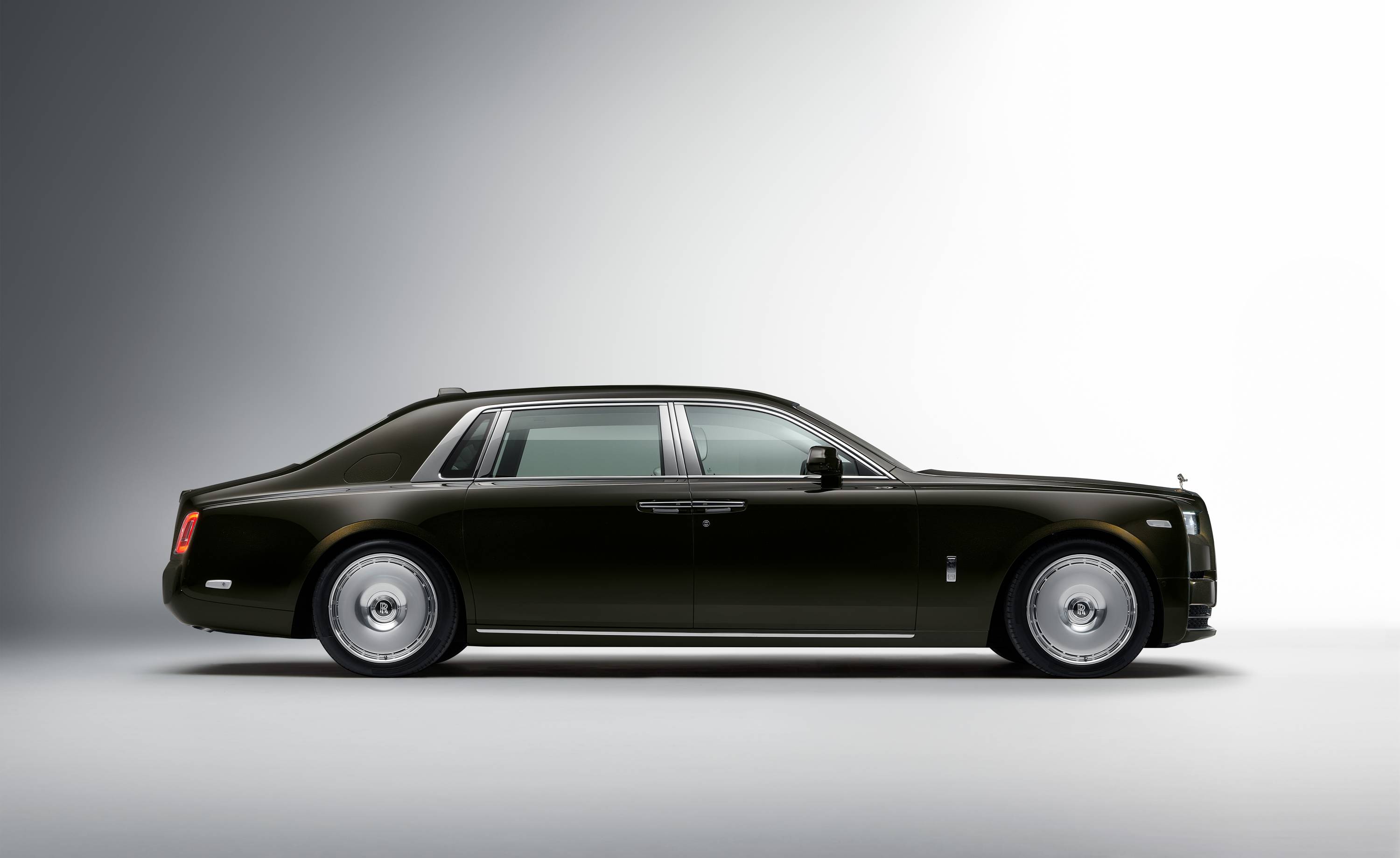 Rolls-Royce puts the Phantom back on its lofty pedestal
Rolls-Royce puts the Phantom back on its lofty pedestalA mid-life refresh ensures the flagship Rolls-Royce Phantom Series II is at the top of its game, a last hurrah for traditional engines before an electrified future
By Jonathan Bell
-
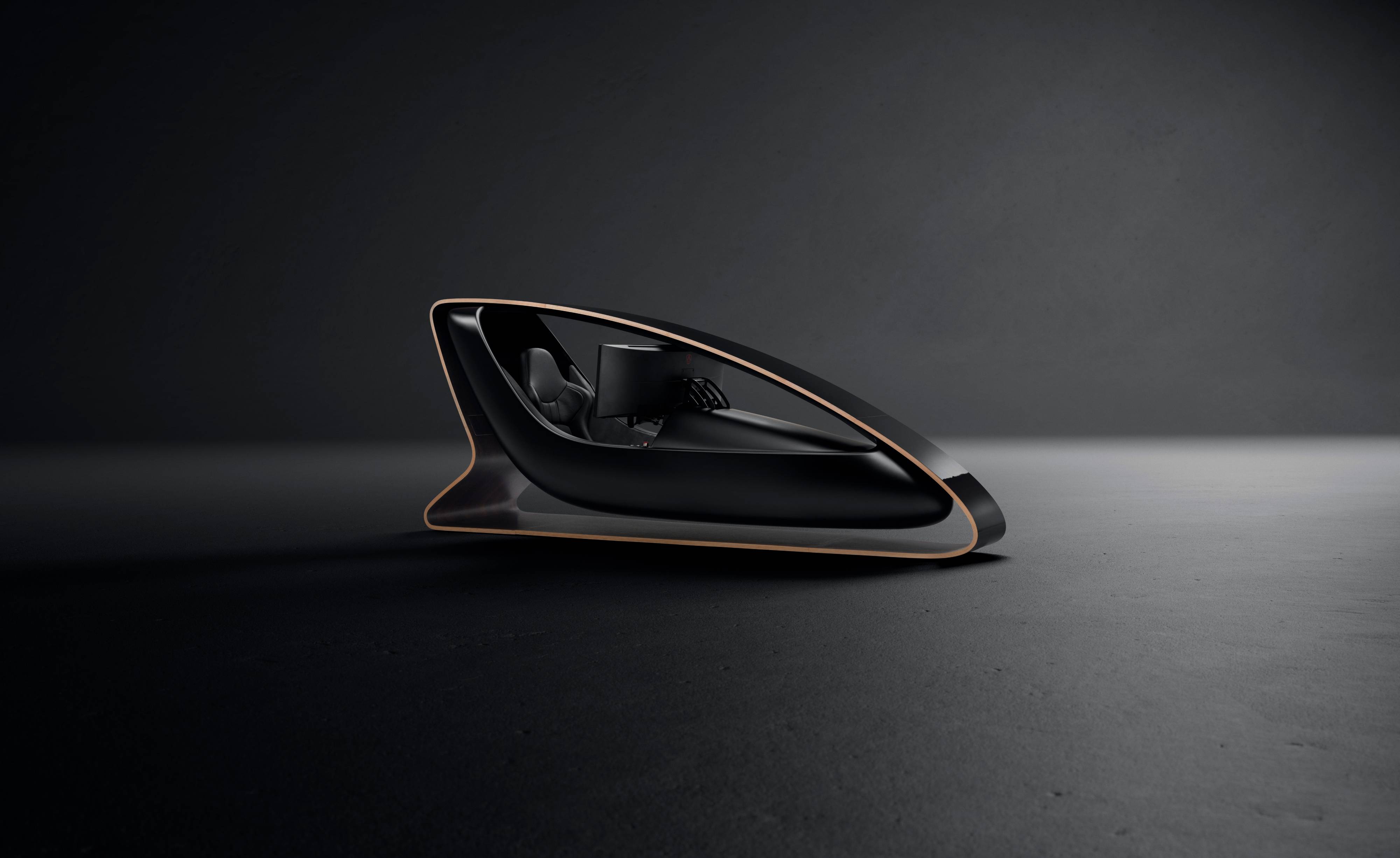 Prodrive’s new racing simulator is shaped by Callum to be front of the grid
Prodrive’s new racing simulator is shaped by Callum to be front of the gridThe racing simulator shapes up – this new design from Prodrive and Callum is honed for the high-end games room
By Jonathan Bell
-
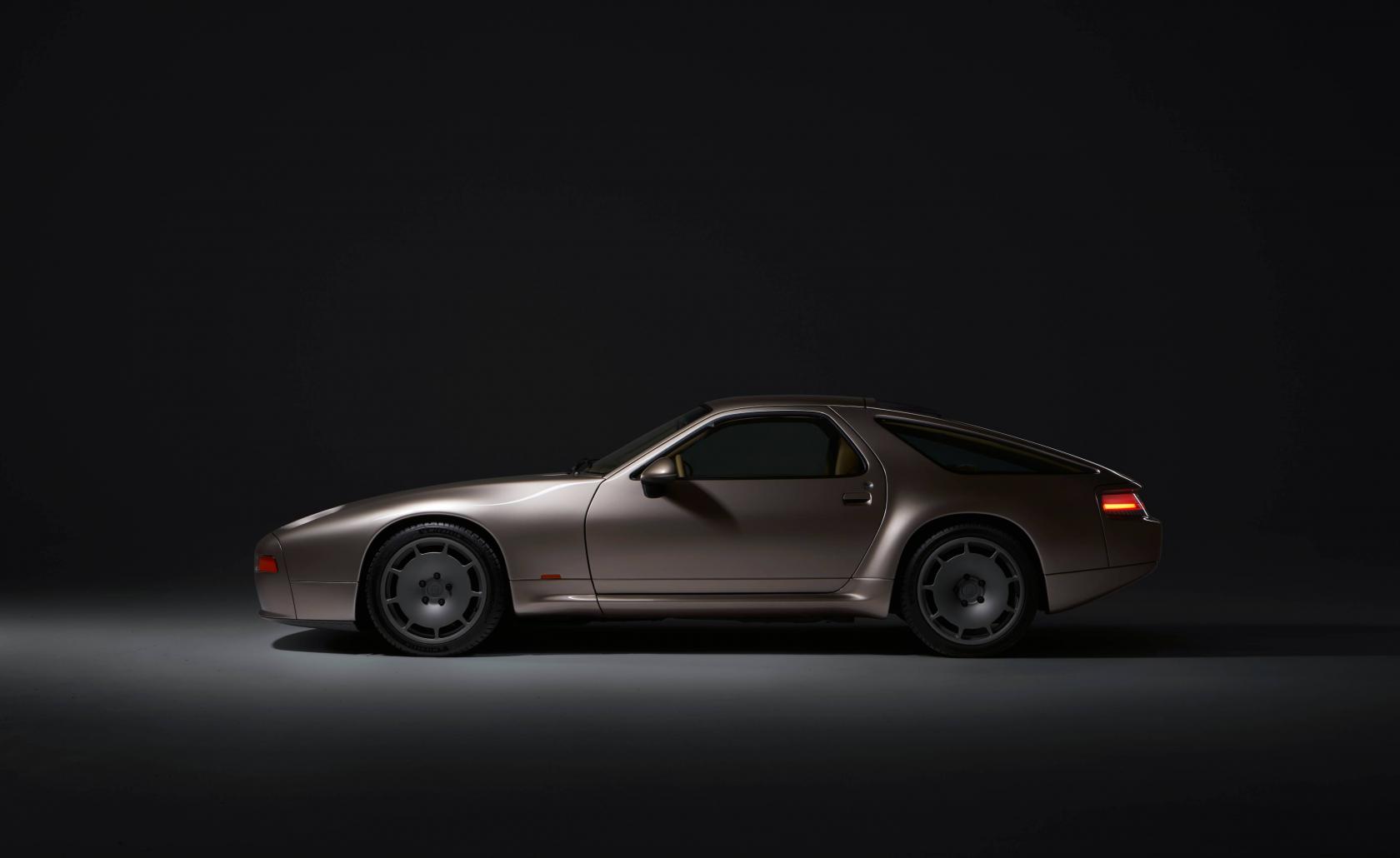 928 by Nardone Automotive: a restomod Porsche with Gallic verve and Italian style
928 by Nardone Automotive: a restomod Porsche with Gallic verve and Italian style928 by Nardone Automotive is a gracefully modernised version of Porsche’s endearingly different 928
By Jonathan Bell